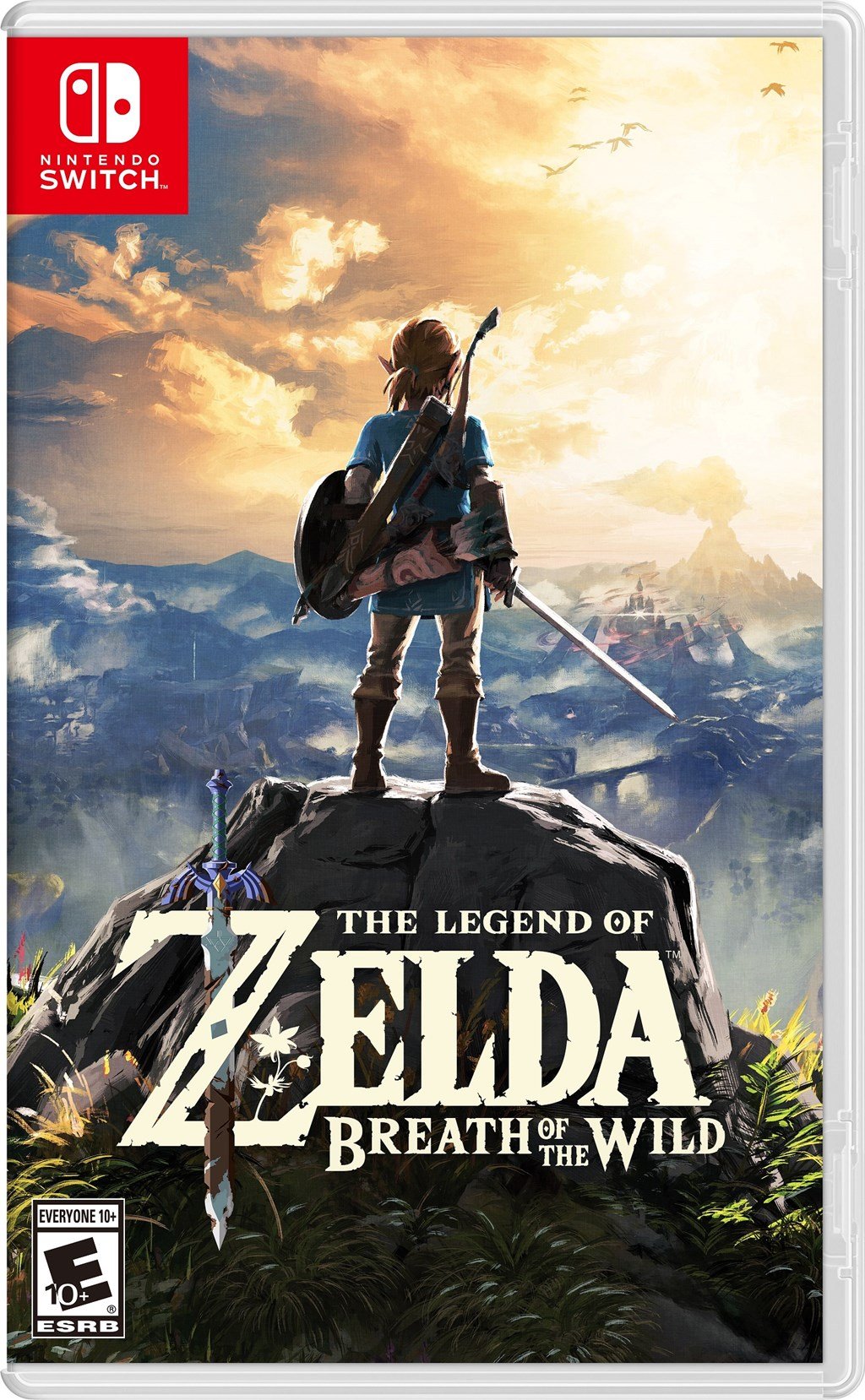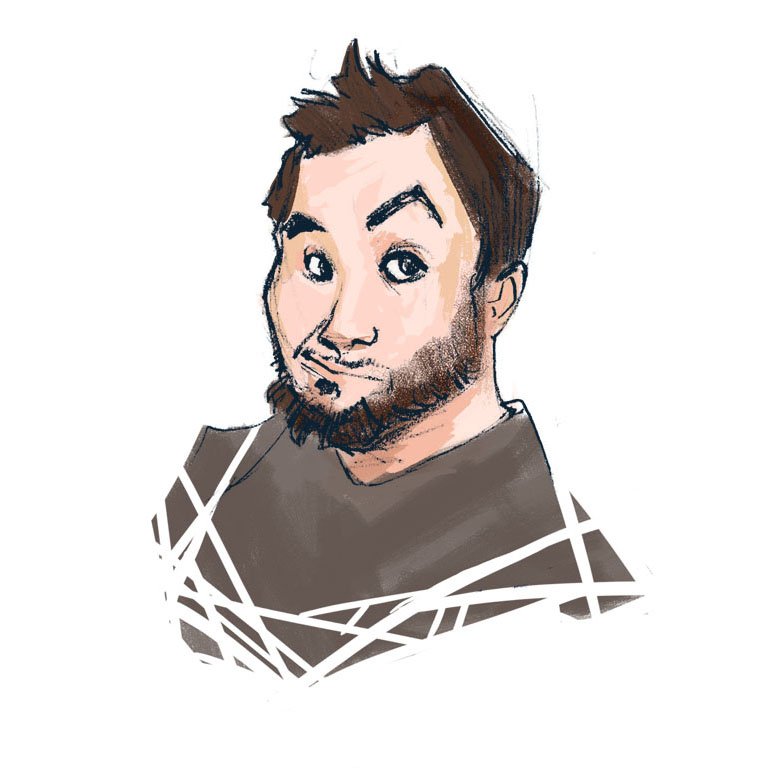The Legend of Zelda is a name so entrenched in gaming history that it’s been at the forefront of every major breakthrough in the industry. The first title in the series popularized more open-ended exploration in gaming in a time when high scores dominated the marketplace, Ocarina of Time helped bring the industry into the world of 3D models back in 1998, and Skyward Sword tried to show exactly what Nintendo wanted out of motion control on the Wii, even though it was too late. Now, The Legend of Zelda is at the forefront of the next frontier that blurs the lines between home and mobile gaming with The Legend of Zelda: Breath of the Wild. Make no mistake about it; this is a home console experience all the way, making it the perfect introduction to the Nintendo Switch. But more importantly, this is the culmination of every concept Nintendo had for the series since its inception, carefully planned and beautifully executed, making this a standout title in this beloved franchise.
The Legend of Zelda: Breath of the Wild is a balancing act for Nintendo. Clearly, the company wants to flip the Zelda formula on its head, but somehow they manage to keep things feeling somewhat the same. Players are dropped into a Hyrule in despair as Link (this time you cannot change his name). He wakes up in the Shrine of Resurrection upon hearing the voice of Zelda calling him to action. He has no recollection of who he is, where he came from, or what his purpose is, all he really has is this ancient tablet-like device called the Sheikah Slate. Thankfully, a kind, yet familiar looking character to long time players, fills him in.
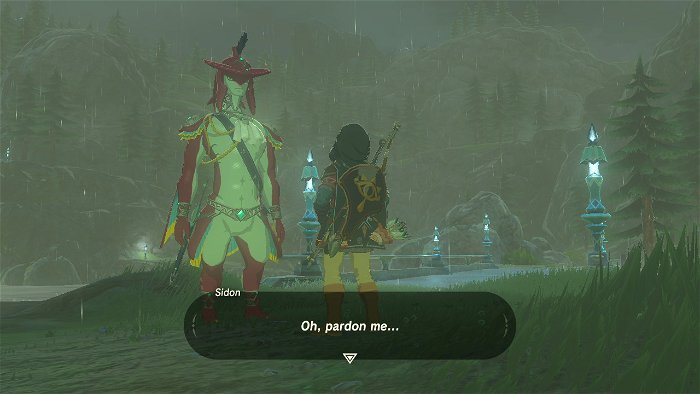



Players learn that in anticipation of the return of Ganon, Hylians began excavating Hyrule in search of Sheikah technology, not unlike his tablet, designed to stop Ganon as a prophecy foretold. During these digs, they found beastly, squid-like laser-shooting robots along with absolutely gigantic machines called Divine Beasts. With these machines, Link fought alongside Zelda to take down the most dangerous form of Ganon yet. They failed however, and Ganon took control of the technology that was supposed to save them, causing Link to go into a cryogenic state until the time was right to return. Now he’s back, but he’s lost his memory after his 100-year slumber. He must traverse a devastated Hyrule, slowly remembering who he was, the people he touched, and the world he needs to save.
The story cues are presented through voiced cut scenes, a first for the series (I refuse to acknowledge any of the CD-i titles that actually were the first to use voiced video for plot), which admittedly takes some time to get used to. The Legend of Zelda: Breath of the Wild jumps between the use of voice work, and traditional text box depending on the situation, and surprisingly, they complement each other very nicely. It is a little jarring when the first voiced scenes hit, but soon enough, it becomes just part of the experience like everything else. Some of the performances aren’t great, but for the most part, it’s passable, and the story is emotional and touching enough those players will be invested regardless of some of the less-than-stellar voice work at times.
Hyrule itself tells the story just as well as any cut scene, however. This is the largest, most beautiful Hyrule in the series. Easily dwarfing Skyrim, this completely interactive land is different from over-worlds in the past. It looks lived in, but devastated. Remnants of ancient civilizations are scattered throughout the fields, dilapidated wagons are found in the middle of paths. The fields are now over-run with bokoblins, with camps of them found scattered across the land, while others hide in tall grass or behind rocks waiting to ambush you. Yet, the emotions evoked from Hyrule tell a story of loss.
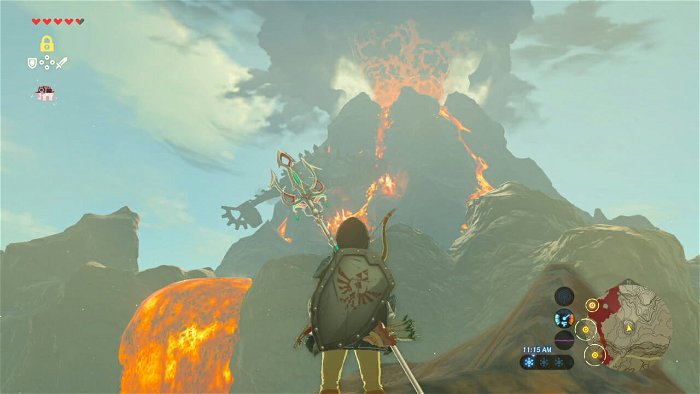
Music cues help hit that point home even further. While I don’t recall there being many iconic tracks this time around, this score is more atmospheric than ever. Sometimes that atmosphere is heightened by a lack of music altogether. In these situations, players are left to take in the surroundings with nothing more than the sound of Link’s boots and the rustling of trees. This lack of music drives home the despair felt across Hyrule, hitting the player in a way other Zelda games just couldn’t in the past.
Yet, small pockets of civilization remain. Throughout the adventure, players will run into people going about their daily business, staving off a bokoblin attacks, searching for treasure, or even looking to murder Link specifically. Humanity was shaken but not destroyed, and in a sense, it’s kind of inspirational. Towns are still intact, each with a distinct cultural feeling. Kakariko Village, for instance, parallels traditional Japanese structures, while the town next to it seems more European. The one thing these towns have in common, however, is a sense of optimism. These are the survivors, and while many of the residents now only know a post Calamity Ganon world, it hasn’t stopped the citizens of Hyrule from living.
Hyrule isn’t just a hub world anymore; it’s treated more like a temple with mini bosses, secrets, and surprising encounters scattered throughout the world. There is a new refreshing sense of wildlife as well, with different provinces hosting unique creatures that can be tamed or slaughtered depending on the animal’s type. The biggest change is how users interact with Hyrule. To start, the entire map isn’t shown right out of the gate. Instead, gigantic towers are scattered throughout the land, and players must climb them and place the Sheikah Slate in a slot at the top to unlock the area on the map in a very Ubisoft inspired manner. Sometimes these towers a test of Link’s stamina, along with the user’s patience, but once unlocked, players also have a fast travel point, so it’s worth it. The view is gorgeous as well and allows players to find the newly implemented Goddess Trials throughout the land.
Goddess Trials are just one way the dungeon and temple experience has changed in The Legend of Zelda Breath of the Wild, and in many ways, they compliment the mobile experience. Imagine a single room in a typical Zelda dungeon. Goddess Trials are scattered across Hyrule, and offer a more compact experience, usually offering one puzzle to solve. Players are rewarded at the end of the trial, and they can spend that reward on upgrading hearts or stamina. It’s an interesting new idea in the franchise, and a welcome one at that, especially if this is a game that will be taken out of the house, players might not have enough time to commit fully to a temple.
That’s because the temple experience should be witnessed at home on the big screen. Instead of going to a random dilapidated shrine-like in Zelda’s of the past, temples play a more active role in taking out Ganon. In fact, they aren’t even really temples; they’re the Divine Beasts. These are massive machines have turned on civilization, and Link must fight them to get inside and traverse their innards so he can essentially rewire them. Starting with a massive boss battle, then opening into a more traditional temple experience, I’ve never been so impressed with the design of a dungeon before. Inside one Divine Beast modelled after an elephant, for instance, Link can control the machine’s trunk to alter the way certain parts function and open up new areas.
It feels just enough like a Zelda title, but different enough that it is a wholly unique experience, and that is felt outside of temples as well. Hearts don’t really exist except as a way to track health. Instead, players hunt, gather, and cook to regain hearts, and temporarily boost attributes. This makes the way players approach combat completely different as enemies are stronger than ever, so running in head-on is not a smart approach. Instead, stealth plays a big role, as it gives Link a tactical advantage before all hell inevitably breaks loose. Staying out of sight, surveying the land, and waiting to strike are the most opportune ways to approach most combat. But the fighting mechanics themselves feel completely refined as well. There’s more strategy in each battle, with a higher emphasis on blocking and dodging. Link is more vulnerable this time around, so each battle has a heightened sense of drama. That’s only made worse on Blood Moon nights. This special event is introduced by the sky turning red and enemies looking beefier. Now, they’re stronger and more dangerous, so players need to be on their toes in this newly difficult Legend of Zelda title.

If that wasn’t a stressful enough, weapons all have a wear and tear factor, which has an effect on combat as well. Players can carry multiple weapons thankfully, but be prepared to go through a lot of weapons throughout the play through. Thankfully, there are some ways around wearing everything out. The Sheikah Slate mentioned earlier is filled with runes that can be used in combat. There are two bomb options, a magnet, stasis, and an ice block creator. Trying to blend that right mix of using the Slate and the eroding weapons will be the difference between life and death in most situations.
There are a variety of smaller effects that players need to track as well as they move across the countryside. First and foremost, next to the map, is a temperature gauge. Not unlike other Zelda titles, Link is affected by extreme temperature differences, so finding ways to keep him warm in the snow, or cool while climbing Death Mountain are essential. Noise will draw enemy’s attention, and there are a variety of factors that can cause them to take notice. The type of armour you use will affect how loud you are, or how fast you can move, and thus changing the play style of the user. There’s a lot to keep track of.
But with so much going on, it seems that sometimes The Legend of Zelda: Breath of the Wild can’t keep up. Whether that’s with small glitches like Link’s arrow case going through parts of his clothing, or more major hiccups like frame rate drops, it there are tons of small issues scattered throughout the experience. At one point, I had the game completely freeze on me, and I was just walking around. In the grand scheme of things though, these weren’t huge issues. The freeze only happened once, and the tight controls and beautiful, rich open world made me forget about any technical issues immediately.
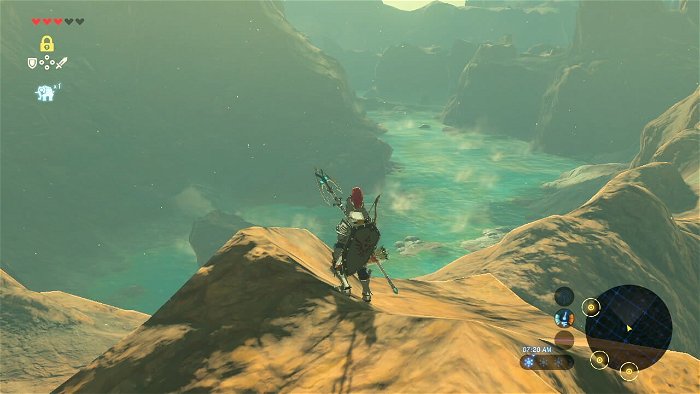
The Legend of Zelda: Breath of the Wild is a masterpiece in design. This is the biggest free-flowing game I’ve ever experienced, and the fact that it’s in Hyrule only makes it that much sweeter. This is the perfect launch title for the Nintendo Switch, proving Nintendo can still make AAA titles that are uniquely their own. More importantly however, this is a much-needed shot in the arm to the franchise. The Legend of Zelda: Breath of the Wild throws the familiar in a completely new world, making for an experience unlike anything other all wrapped up in a Zelda tortilla. And even with some small technical issues, The Legend of Zelda: Breath of the Wild is the new benchmark for the series.

